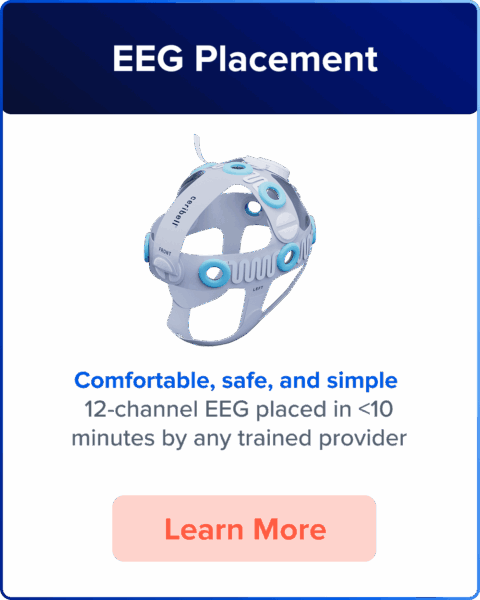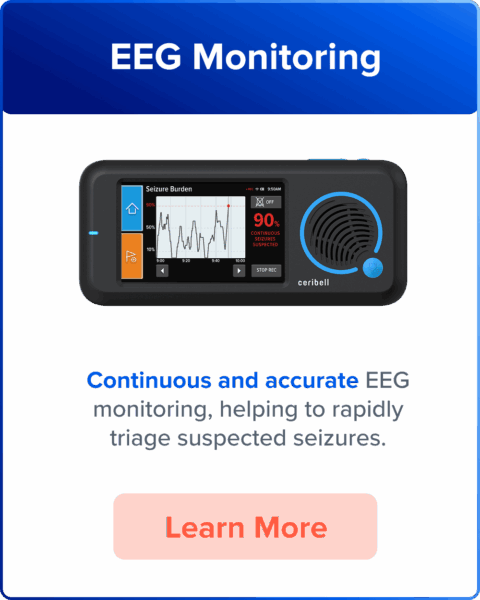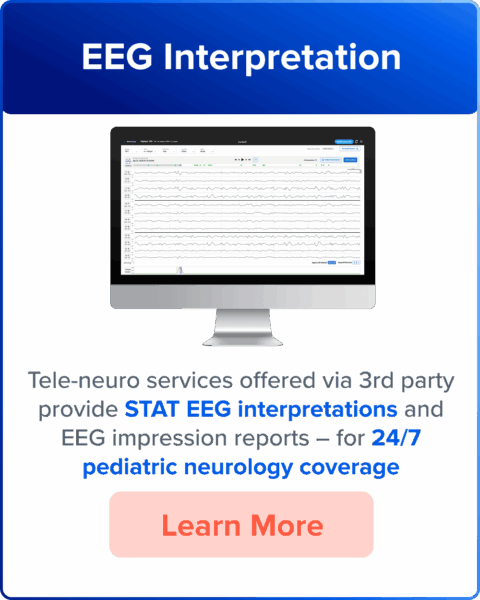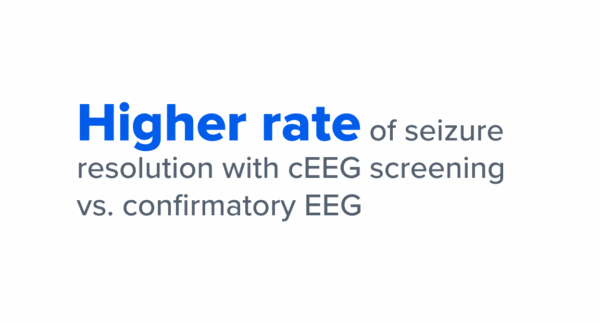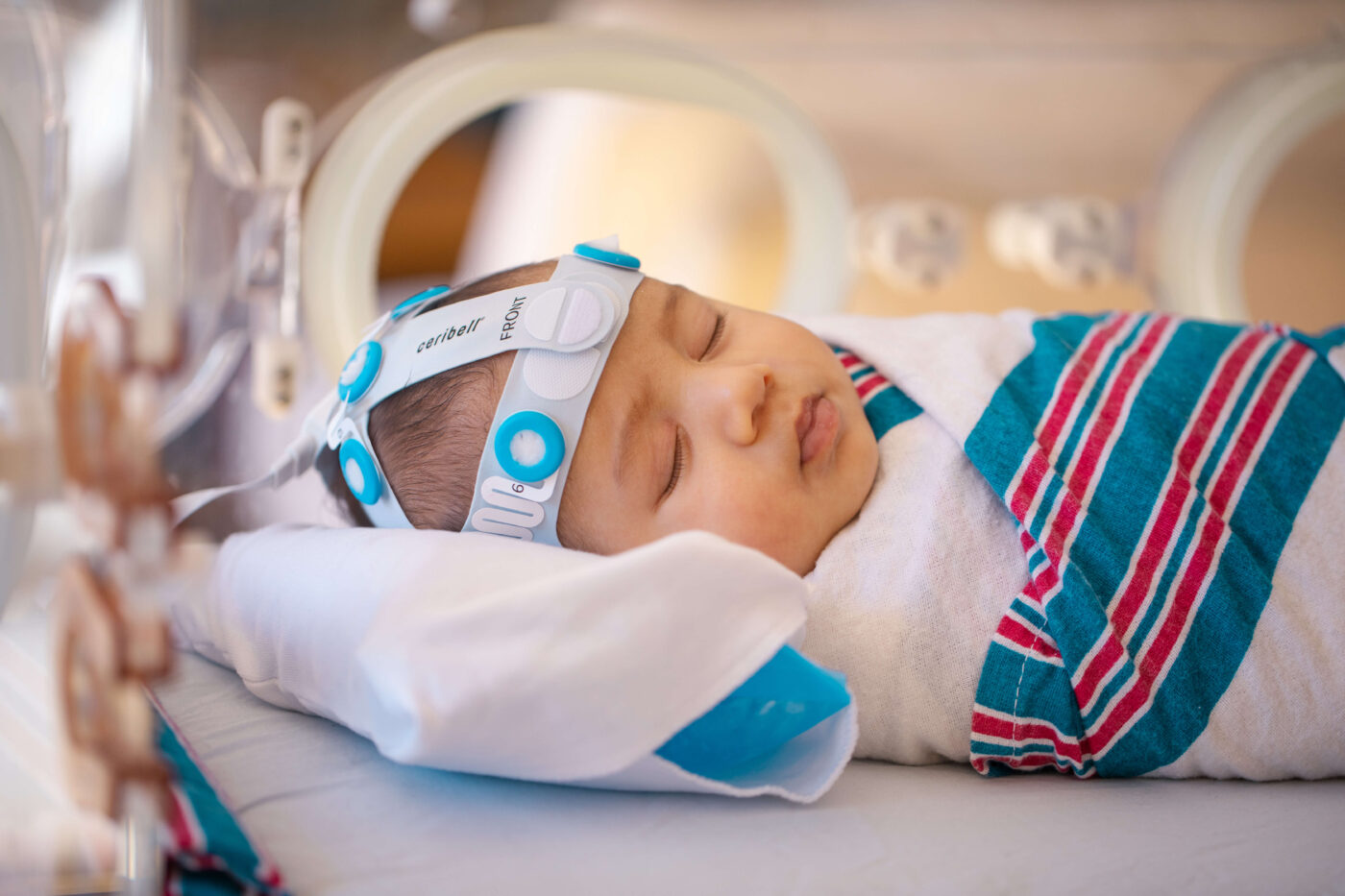
Ceribell for Neonates
The First and Only FDA-Cleared AI Technology for Detection of Electrographic Seizures for Newborns Preterm and Up
Neonatal Seizures Require Urgent Diagnosis and Management But Are Often Difficult to Accurately Detect
Waiting just 1 hour to treat seizure may lead to higher seizure burden1
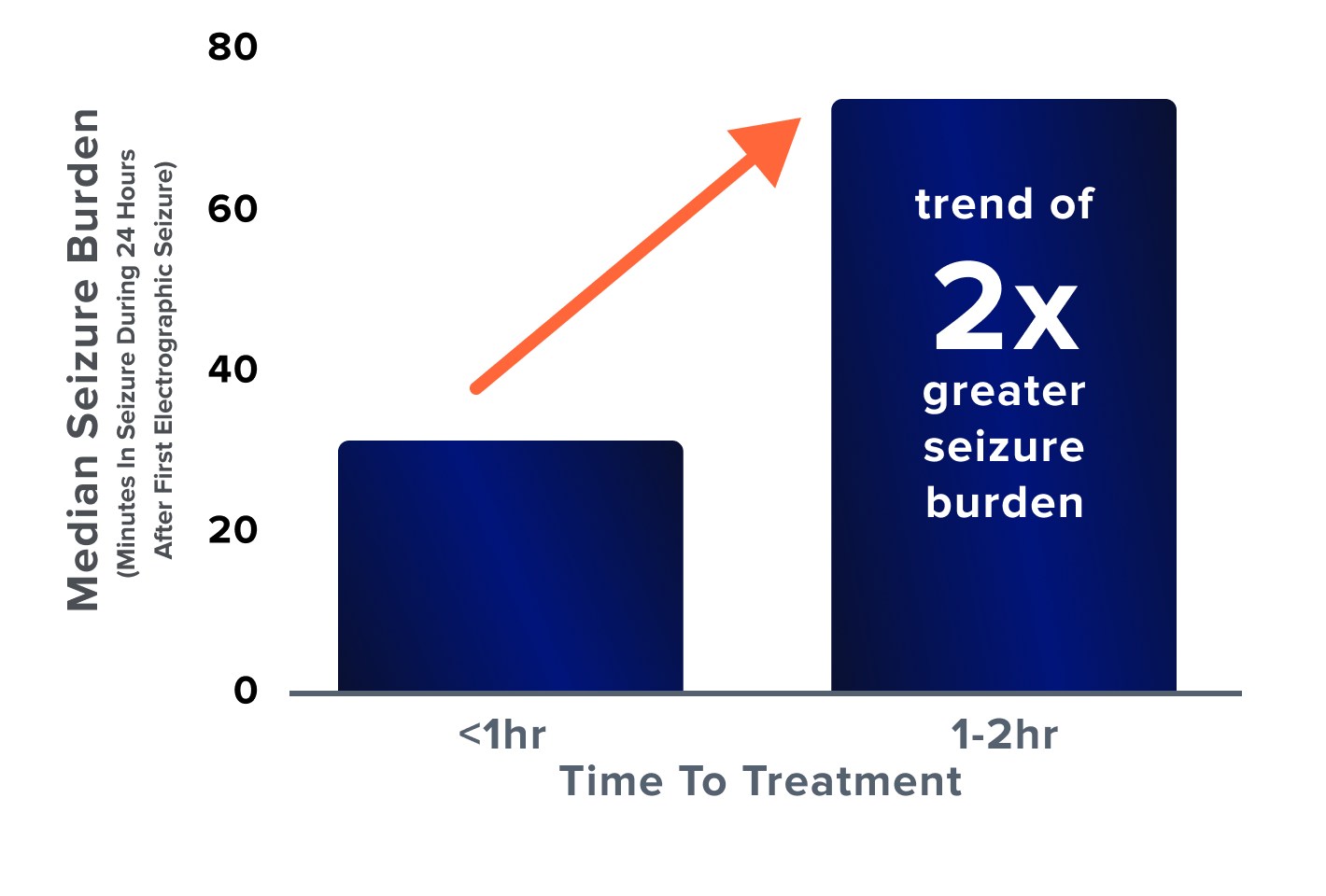
1 hour in seizure is associated with worsening language and neurocognitive impairment2


Society Guidelines Recommend Continuous EEG For Neonates


“We suggest cEEG use in neonates to improve accuracy of seizure diagnosis in clinically suspected seizures, as compared with clinically observation alone, aEEG alone, or routine/spot EEG.”8
Conditional Recommendation


“We suggest cEEG use to monitor neonates at risk for seizures in the absence of clinically evident seizures.”8
Conditional Recommendation
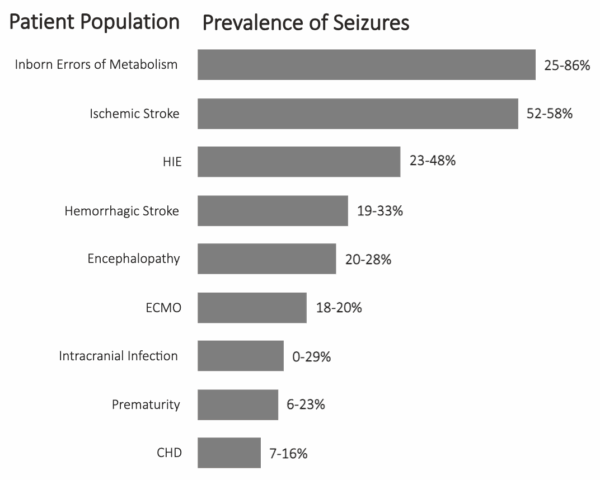
Transforming Care for Some of the Most Fragile Patients

Effective Interventions
Earlier Seizure Detection Improves Treatment Response10

Treatment Decisions
cEEG Findings Frequently Prompt Medication Changes11

Transfers
L3 NICUs Frequently Transfer Out For EEG12

The solution is currently available in select hospitals across the U.S. and is expected to be commercially available in early 2026.
Attending AES? Click to learn more about our events.

Resources
Electrographic Seizures in Pediatric ICU Patients: Cohort Study of Risk Factors and Mortality
Read MoreIn The News
Subclinical early posttraumatic seizures detected by continuous EEG monitoring in a consecutive pediatric cohort
Read MoreIn The News
DECIDE Study Assessing The Impact of Ceribell EEG – Manuscript Review With Dr. Paul Vespa
Watch Our WebinarWebinar
